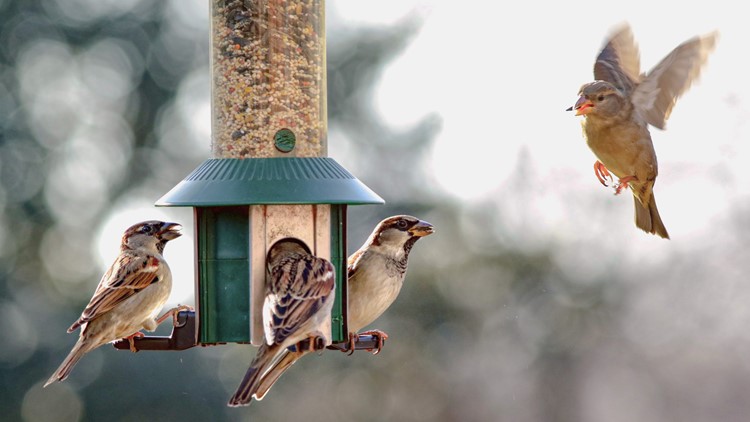HARRISBURG, Pa. — Those birds in your backyard, you see while walking or camping are more important than you may think, and reporting your observations is too!
The Game Commission, alongside Hawk Mountain Sanctuary, is conducting the third Pennsylvania Bird Atlas in state history.
Between now and February 2029, it will document what birds live in Pennsylvania, where and in what numbers.
“The atlas will provide a snapshot of the population status and distribution of birds in the Commonwealth,” said Game Commission Ornithologist Sean Murphy. “No other bird surveys are as comprehensive, and for that reason, the results are critical to the establishment of conservation priorities for Pennsylvania birds.”
However, getting those results takes people... lots of them... in different places.
The Game Commission and Hawk Mountain are asking volunteers to look for birds, note those they see and report those birds at eBird.
There's no particular level of expertise needed to participate! Volunteers should get started by visiting the site and creating an account. Then, volunteers can access all the necessary information and tools to participate, including a volunteer handbook and other printable handouts, and track what others are seeing in real-time.
But most atlas data comes from volunteers ranging from hard-core birders to more casual lovers of wildlife. Without them – all of them – no atlas can succeed, said Stefan Karkuff, the Game Commission’s Avian Recovery Biologist.
“The results of this atlas are only useful if the data is robust, meaning the more checklists the better,” he said. “So it’s really an all-hands-on-deck kind of situation. We need contributors from all corners of the state, especially people who live in the more remote parts where there are fewer birders. Their data is valuable because it helps fill in holes on the map where birds would otherwise go unreported.”
Pennsylvania did its first bird atlas in the 1980s. The second followed in the early 2000s. Those reportedly revealed news good and bad.
On the plus side, Murphy said they showed catbirds are doing well – 12% of the world’s population lives in Pennsylvania – as are woodpeckers of all sorts, likely due to the recovery of Pennsylvania’s forests and appropriate management.
On the negative, they revealed the extent to which American goshawks and northern harriers are struggling. The former has since been listed as a state-endangered species, the latter as a state-threatened one.
This latest atlas could – and likely will – similarly highlight areas of promise and concern, which in turn could lead to new or changing wildlife management strategies.
Breeding birds are again a focus of the atlas, to allow for historical, apples-to-apples comparisons in population trends and range use for individual species. But unlike the first two atlases, this third one also involves looking for birds overwintering in the state.
“I contend that we have much to learn about the distribution and abundance of birds in Pennsylvania in winter, and that a winter atlas effort, as part of a third Pennsylvania Bird Atlas, could set an important baseline for repeating winter atlas efforts in decades to come,” Murphy said. “It will be a new type of survey that will come with challenges, but the added value will be worth the work.”



